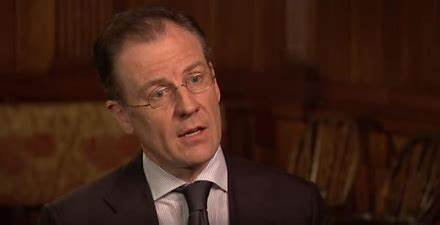Stocks traded flat today as investors awaited the March Consumer Price Index (CPI), due out tomorrow morning before the market opens. The Dow gained slightly while the Nasdaq Composite slipped. The S&P remained unchanged from the session prior.
A “hot” print tomorrow from the CPI would potentially confirm a 25 basis point rate hike at the May FOMC. Presently, the CME Group’s Fed Watch tool has the market pricing in a 70% chance of a 25 basis point rate increase vs. a 30% chance of a pause. The odds were roughly 50/50 prior to Friday’s jobs report.
Should the CPI beat estimates (in a bad way), rate hike odds will rise substantially. Most analysts expect a year-over-year (YoY) uptick in core inflation – inflation excluding food and energy prices – but a falling headline CPI.
JPMorgan strategist Michael Feroli, who has been very good this year with his CPI and jobs report predictions, anticipates a slide in headline CPI from 6.0% YoY to 5.1% and an increase in core CPI from 5.5% YoY to 5.7%. Month-over-month (MoM), Feroli sees a 0.5% increase in core CPI, unchanged from February’s clip.
“Assuming Feroli’s forecast is true, this should strengthen the case for
a 25bps hike in May, followed by a pause as the real Fed Funds turns positive ahead of the June Fed meeting,” read JPMorgan’s morning note to clients.
“It is possible that the Fed views the recent tightening in lending standards and credit growth as a de facto rate hike and pauses at the May meeting; the bond market is pricing in ~70% chance for a 25bps hike in May, nothing in June, and then ~46% chance of a rate cut in July. Further, the market is pricing ~100bps of cuts through the January 2024 meeting.”
On whether a rate pause would spook investors, JPMorgan analysts looked at how the market responded to the pauses of the past:
“Over the last four end of rate hike cycles, stocks were higher on a 1M, 3M, and 1Y basis by 3.3%, 8.0%, and 17.5%, according to Data Trek. This metric has a 75% hit rate, with March 2000 the only failure of the trend,” wrote the bank’s analysts.
“The pain trade remains higher, and the catalyst could be a more dovish than expected CPI print and stronger than expected Bank earnings. The May 1 ISM [Manufacturing] print is also critical; if the latest print of 46.3 falls to 45, or lower, that would tend to presage a recession.”
The ISM Manufacturing Index falling below 45 has been an ironclad recession indicator. Bank of America CIO Michael Hartnett, who we’ve featured before, echoed JPMorgan strategists in a note yesterday.
“Manufacturing contraction on full display & prints below 45 always = US recession past 70 years & set to be confirmed by rising unemployment coming months,” Hartnett wrote.
Unlike the folks at JPMorgan, though, Hartnett believes that the Fed’s last hike will precede a longer-term retracement – not an uptrend – as a result of an arguably overdue recession, which will become apparent once the ISM Manufacturing Index tumbles below 45.
He said the S&P’s “rally from 3.8k to 4.1-4.2k [has] likely run its course” and that clients should “sell the last rate hike.”
Hartnett’s recommendation goes against the consensus that the next rate cut will result in a bull market, but it’s probably the right move. A stiff recession would override any rate cut optimism. And sure, there will undoubtedly be rate-driven rallies over the next few months.
But, overall, a recession should drive share prices lower heading into 2024 and beyond, especially if inflation remains stubbornly high. The Fed will make its rate hike decision on May 3rd. Until then, don’t be surprised if stocks continue chopping sideways.








